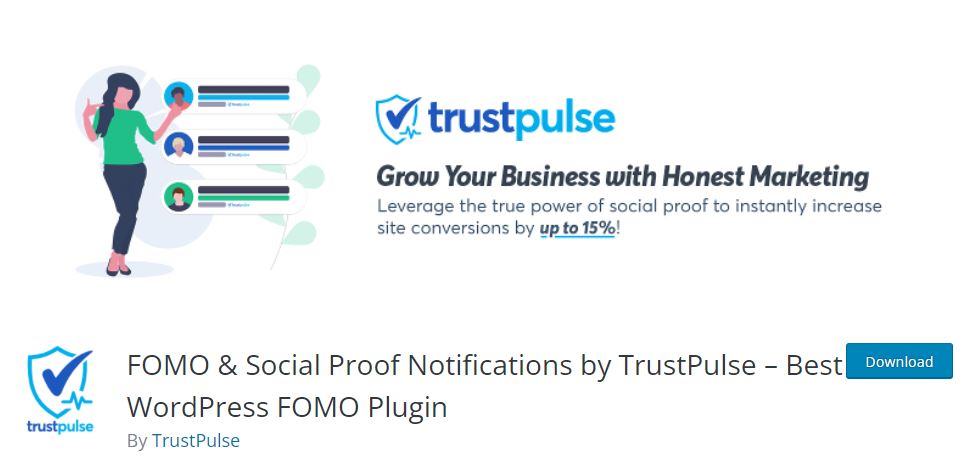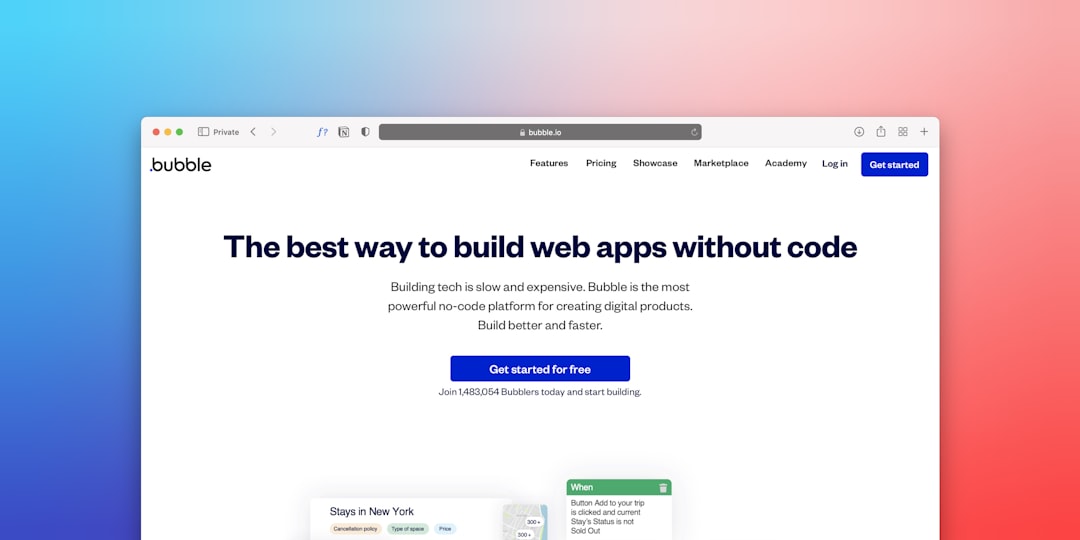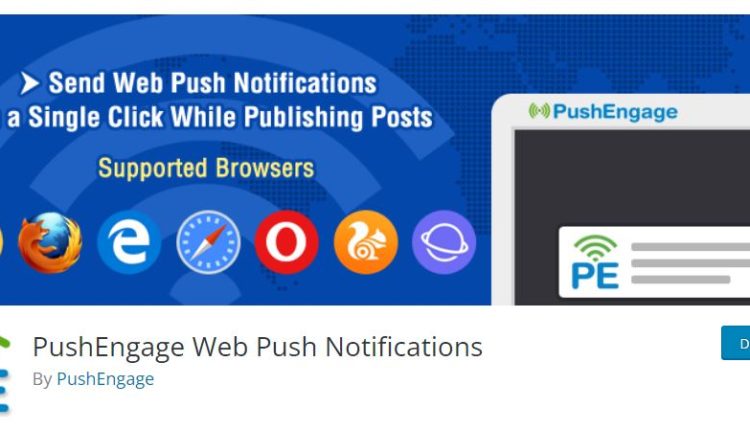Imagine your app is waiting for something to happen. Maybe a new user signs up. Or a payment goes through. What if your app didn’t have to keep checking? What if it just… knew the moment it happened?
Say hello to webhooks.
When building an API, most developers think about endpoints first. REST this. GET that. But there’s a growing argument for flipping that around. What if, instead, you built your webhooks first?
This idea might sound strange. But once you understand why it works — and how — it’ll make total sense. Let’s dig in!
So, What Are Webhooks Exactly?
Table of Contents
Webhooks are like instant notifications between systems. Instead of making your app ask, “Has that thing happened yet?”, the server tells your app the moment it does.
Think of it like pizza delivery. Instead of you calling the restaurant every five minutes asking, “Is it ready yet?”, the delivery guy just rings your doorbell when it is.

Why Start with Webhooks?
Building webhooks first encourages a whole new way of thinking. Here are a few big reasons why it works so well:
1. Events Are What Really Matter
When you think in events, you focus on what’s happening. That’s where the value lies. The event is the heartbeat. The webhook is how you share it.
Instead of asking, “How do clients fetch this data?”, you ask, “What should they know when something changes?” That’s cleaner. It’s more helpful. And it’s real-time.
2. Better Scalability
Polling is ugly. Clients hit your API over and over. That puts load on your server. It’s like a crowd of people yelling, “Are we there yet?” seven times a second.
Webhooks are quiet. They only speak when there’s something important to say. That makes your system more graceful under pressure.
3. Better Developer Experience
APIs that send webhooks give other developers superpowers. They don’t have to build polling loops. They don’t have to guess. They get info — right when it matters.
Plus, you can offer a more reactive experience. Developers love that. It means their apps can do smarter things, more easily.

Building Webhooks First: A New Design Mindset
So you’re sold. You want to try it. But how do you actually design an API this way?
Start by asking a single question:
“What important events happen in my system?”
That question sets everything in motion.
Step 1: Identify the Events
Imagine you’re building a Project Management app. What are some events?
- A new task is created
- A comment is posted
- A file is uploaded
- A task is marked as complete
Each of these moments could trigger a webhook.
Step 2: Define Your Payloads
What kind of info should your webhook send? Think small — just enough to be useful. Maybe:
{
"event": "task.completed",
"task_id": "abc123",
"completed_by": "user_45",
"timestamp": "2024-06-15T14:23:01Z"
}
Keep it simple. Webhooks aren’t about dumping the kitchen sink. They’re about alerts.
Step 3: Build an Event Bus Internally
Under the hood, your system should structure everything around these events. Think of an internal queue of all these creations, updates, and deletions.
This helps you stay modular. It also makes it easier to add streaming and other cool stuff later.
Step 4: Let Users Subscribe
Don’t forget one important thing: your webhooks are most useful when others can listen to them.
Build a system where clients register webhook URLs. Then, every time the event happens, you POST info to those URLs.
Voila! Real-time updates baked right in.
Still Want Traditional Endpoints? That’s OK
This approach doesn’t mean you shouldn’t have GET endpoints or use REST. You still can — and should.
But those endpoints become secondary tools. Your API is now centered on events, not just data. REST becomes the way users access the details when needed.
But Wait! What About Reliability?
Yes, webhooks can fail to deliver. Network goes down. A server doesn’t respond.
No worries — it’s solvable:
- Retries: Keep a retry queue. Try again if it fails.
- Logging: Log failures so users can reprocess them.
- Status pages: Let clients see webhook activity!
Webhooks might take a little effort to get right, but so do all good things.
Success Stories: Who’s Doing It Right?
Some of the most successful platforms in the world build webhook-first APIs. For example:
- Stripe: Sends webhooks for every transaction, dispute, and customer event.
- Shopify: Triggers webhooks for orders, carts, checkouts, and more.
- Slack: Uses event subscriptions to power bots and triggers.
These APIs let developers react to behavior in real-time. That’s a competitive advantage!
Tips for Testing Webhooks
Testing webhooks can be tricky. They happen remotely, asynchronously. But here’s how to make life easier:
- Provide a sandbox environment with sample events
- Log delivery attempts on a dashboard
- Create a webhook replay tool
- Allow toggling between test and live modes
Makes debugging much smoother.
What You Gain by Going Webhooks First
In short? A lot. Here’s the highlight reel:
- Instant updates, fewer wasted requests
- A more event-driven internal system
- Happier 3rd-party devs
- Easier scaling and better performance
The web is moving from request/response to publish/subscribe. Webhooks are the bridge.

Final Thoughts
Thinking webhooks first makes you rethink how information flows. It shifts your API from being data-centric to event-centric.
And in a world that’s always in motion, that matters.
Try it on your next project. Start with the events. Build the webhooks. Then, see how much easier everything else becomes.
Happy building!

